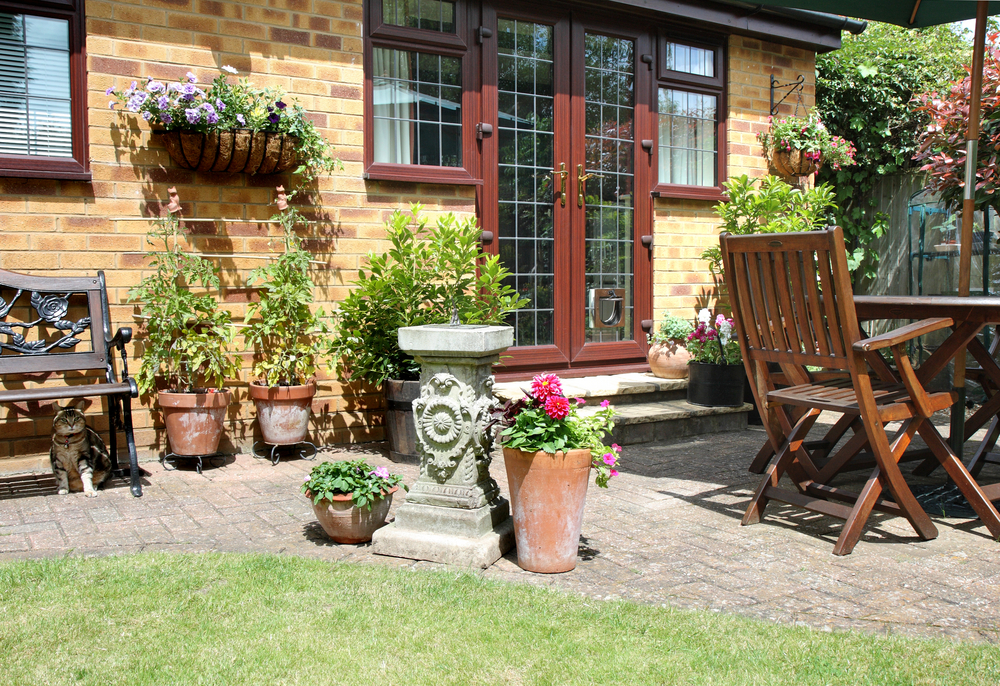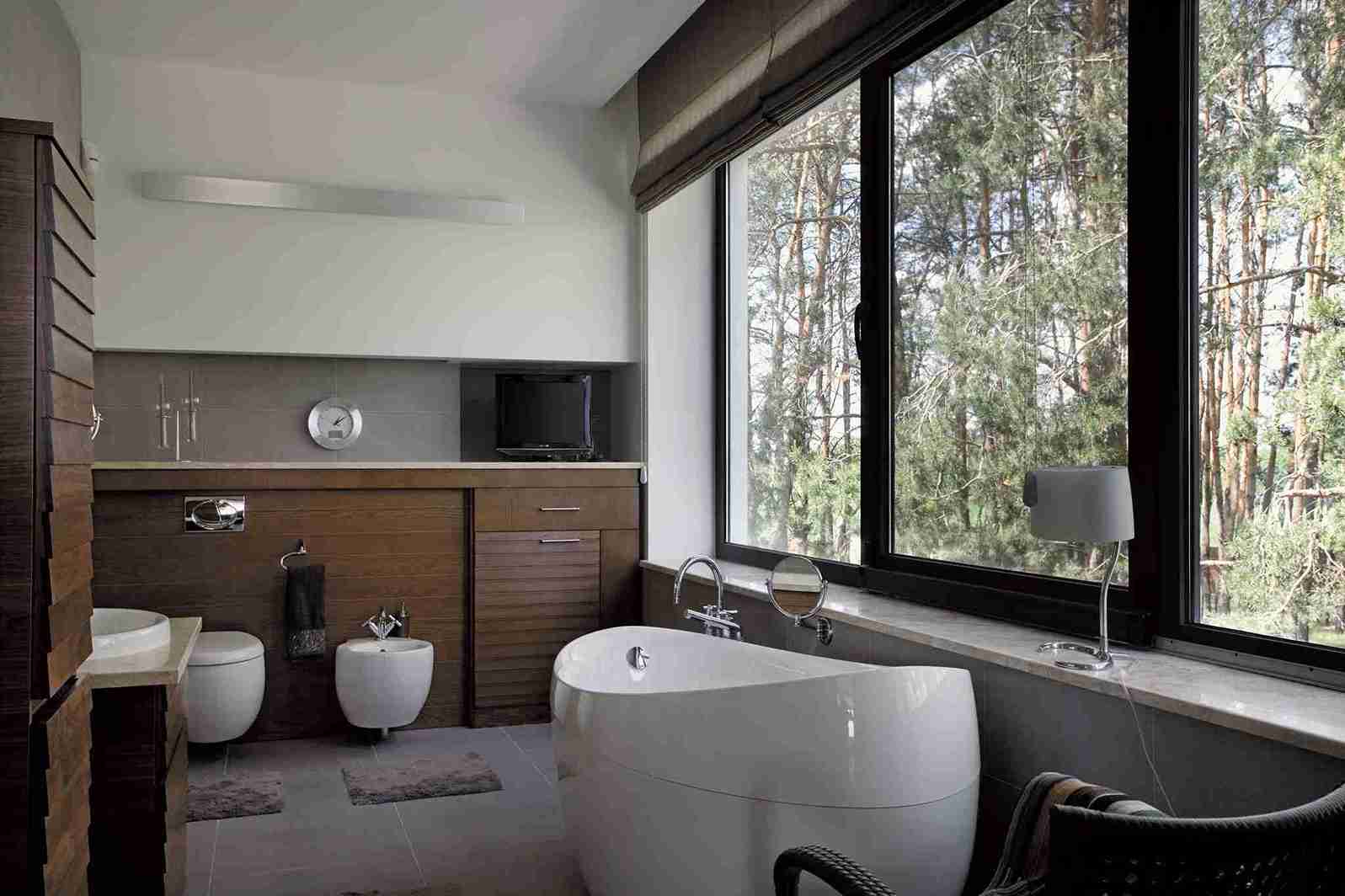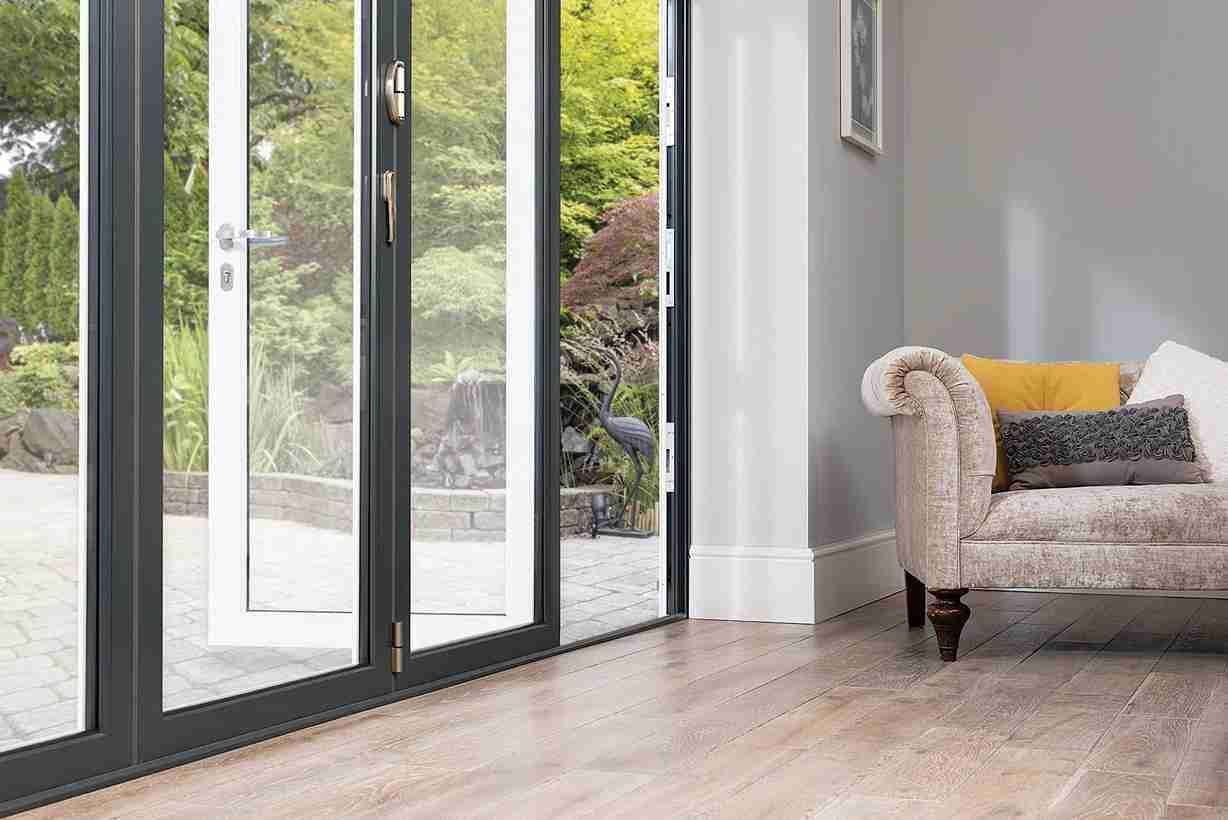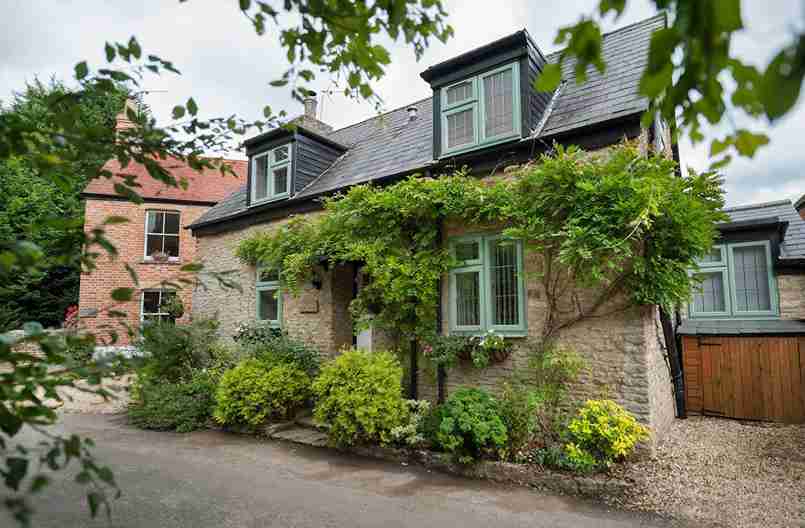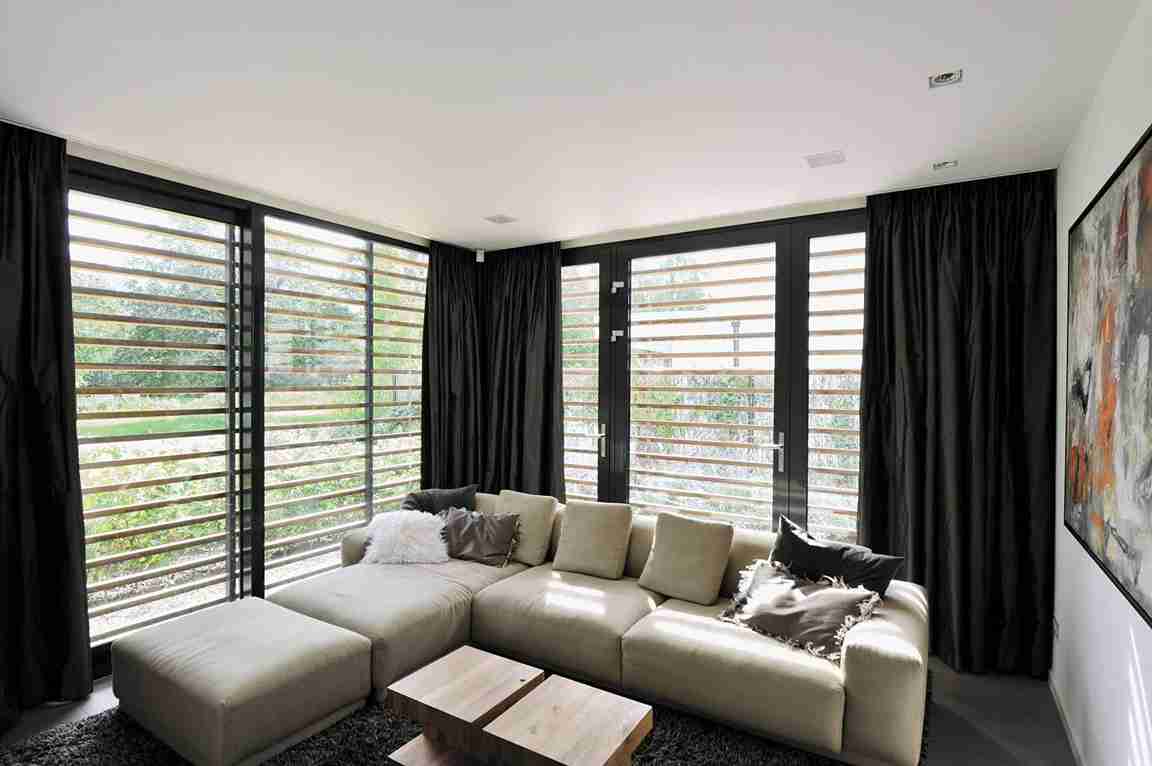Orangery or Conservatory: What’s the difference?
At this time of year we get tend to see more and more people thinking about extending their home. The question is, which way to go? Via the Orangery route or via the way of a Conservatory. Decisions, decisions…
Both offer extra space for you to enjoy, relax and entertain your friends and family and if you’re thinking about getting one, you may well have sought out the options available to you.
Nonetheless, the two most popular options that still remain a mystery in terms of the differences are that of the conservatory and the orangery. Owing to the rise in popularity of more and more grand designs, people now tend to prefer bespoke solutions rather than the traditional ‘one size fits all’ solutions. This is great for us because we have never, and will never, use the cheap, flatpack, cut to fit ‘solutions’ we see many companies settle for.
To help make the decision-making process between the two easier, we decided to put together this blog post to help you make a clear distinction between the two popular options we provide.
So what will be better for your situation? An Orangery or a Conservatory?
An orangery serves as a home extension having a glass roof that covers 75% less than the overall roof perimeter. Additionally, its glass walls also cover 50% less of the general wall area. Unlike Conservatories, Orangeries tend to mimic the look and feel of the property it is attached too, essentially forming more of an extension than a ‘bolt on’ structure. The roof, rather than being almost entirely glass, like a conservatory, has a glass ‘lantern’ on top.
Conservatories are home extensions having glass roof coverings that cover more than 75% of the general roof area. Besides, the glass walls cover more than 50 % of the general wall area. Conservatories come in a number of different styles – Victorian, Edwardian, Lean To and Shaped just to name a few – and each style has its own distinct character and aesthetic. Unlike an Orangery, Conservatories aren’t designed to seamlessly blend with your existing property, they retain their style and are designed to compliment your property with gentle contrast.
A bit of history!
First coined in the 17th century the orangery idea was initially conceived in the more wealthy homes of Italy for growing and developing citrus trees in the colder months when frosty weather conditions would cause havoc and / or destroy your fruit crops. Orangeries were their own solid structures that were generally set apart from the rest of the main house.
The solid pillars were used to shelter the oranges while the large expanse of the glass roof and walls ensured the sun’s rays cultivated the citrus until it was time to pick the out of season, yet ripe, fruits. Today orangeries are made use of across all types of properties from pubs to nursing homes and hotels, even smaller establishments that you might previously not have associated with Orangeries, like your home!
The overall structure has a more solid roof than it might have had previously via the application of a lantern roof. They can also incorporate incredible load bearing columns to add the extra look and feel of luxury and grandeur to larger Orangery designs.
In these modern times, orangeries still denote style and elegance, not only because they are designed completely to your bespoke desires but also because they generally require more skilled and creative work (and generally a greater cost) than a Conservatory build.
Conservatories eventually followed in the same vein and were largely used in this country to house, nurture and protect herb plants and indoor vegetable gardens. Generally, conservatories utilise minimal brickwork and favour glass or similar for the roof and walls. Maximum exposure to external light is the key here.
In summary!
One of the main drives behind getting a Conservatory is to open up your garden to your home by getting an unobscured view of your garden in an area that feels like (because essentially, it is) a section of the house. If you’ve got a back garden you adore then a Conservatory may well be the way you want to go.
Orangeries on the other hand tend to be larger and have more brickwork, much like a continuation of the home as mentioned earlier. They tend to be the option for people who are looking for a elegant way to add space to their home rather than admire their green fingered handy work in the garden.
Now, hopefully you have a greater idea of which option you should go for. All our conservatories and orangeries are built to your exact requirements and never constructed from flat pack, cut to fit solutions. You will only ever receive the highest quality product, constructed from the highest quality building materials. In short – Safe, secure, insulated and stylish.
Bergson & Eaton – Always imitated, never replicated.
Book a Remote Quote
In response to Covid-19 and the governments guidelines, Bergson & Eaton now offer remote quotes.
Find Out More

